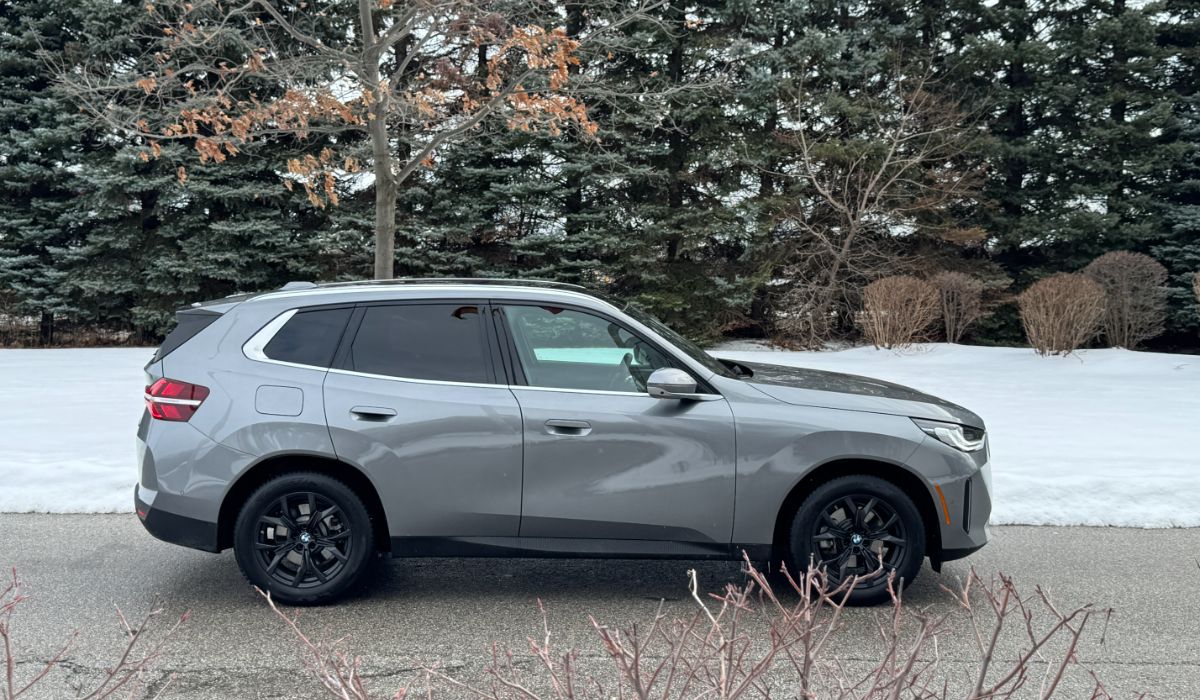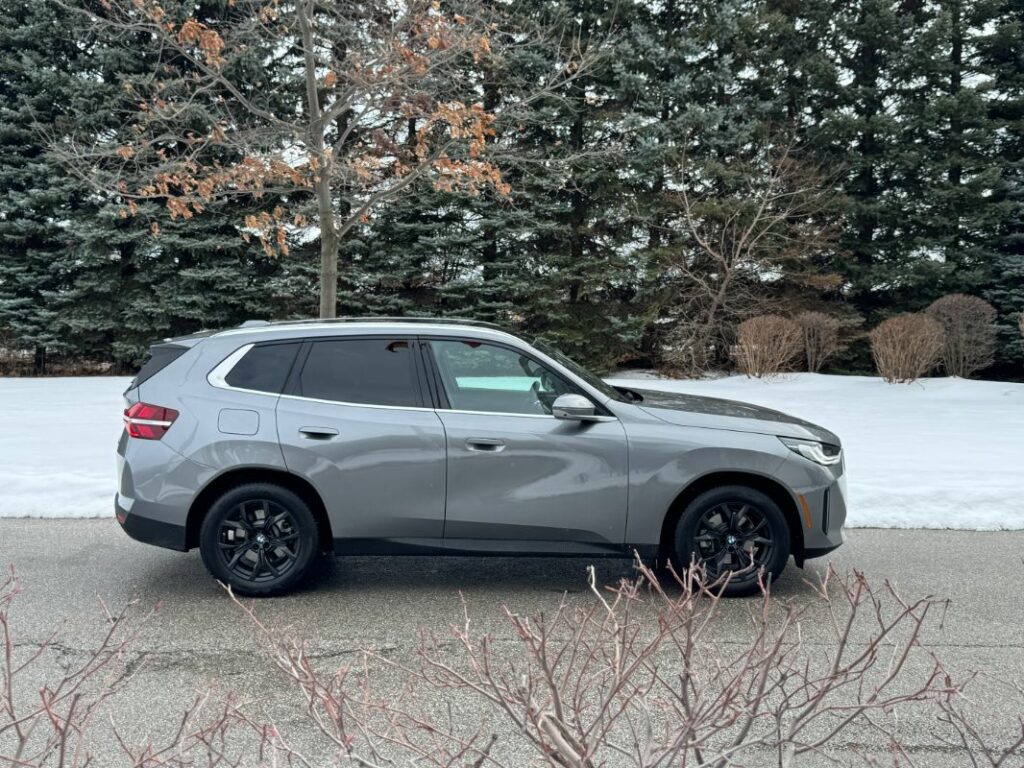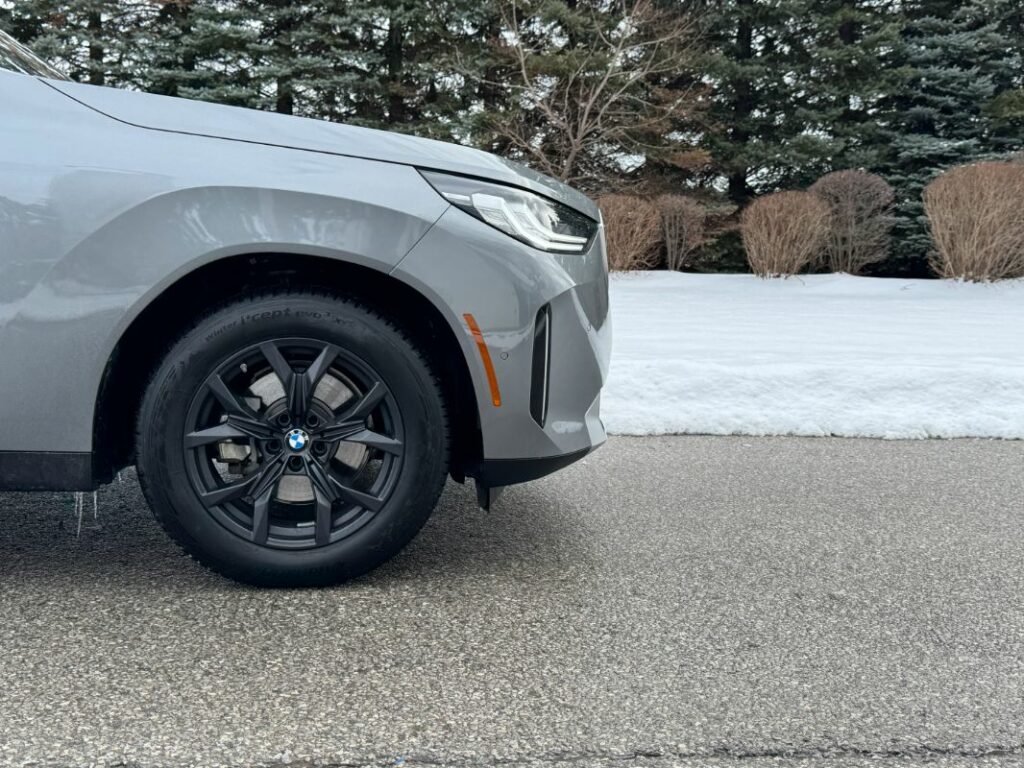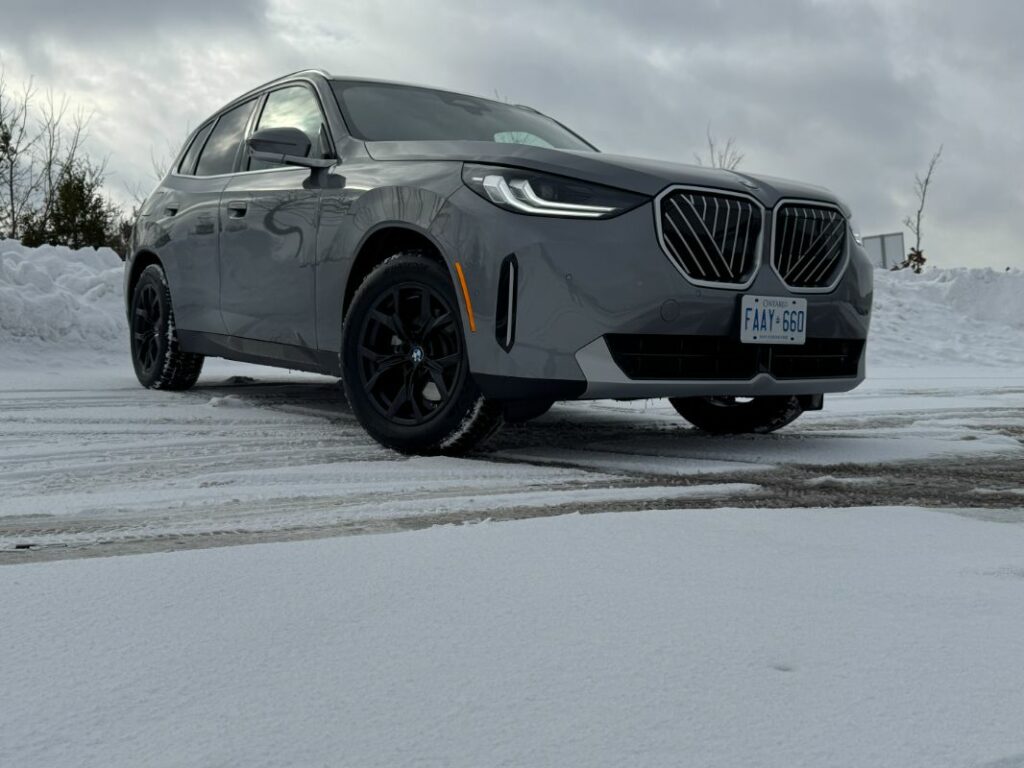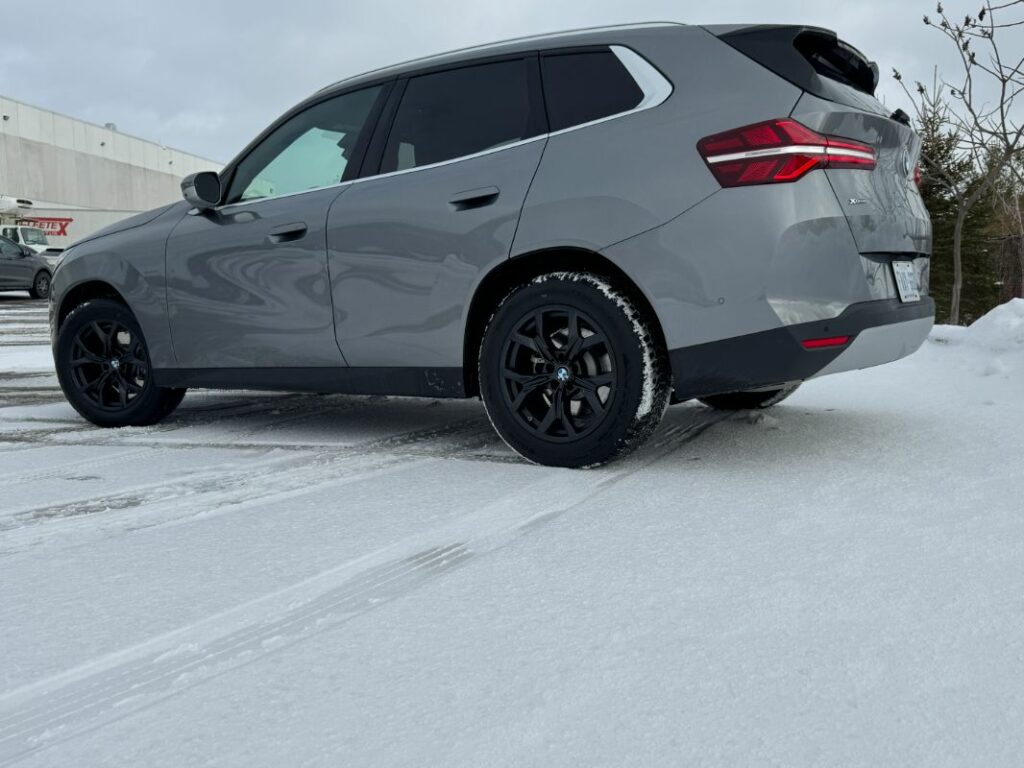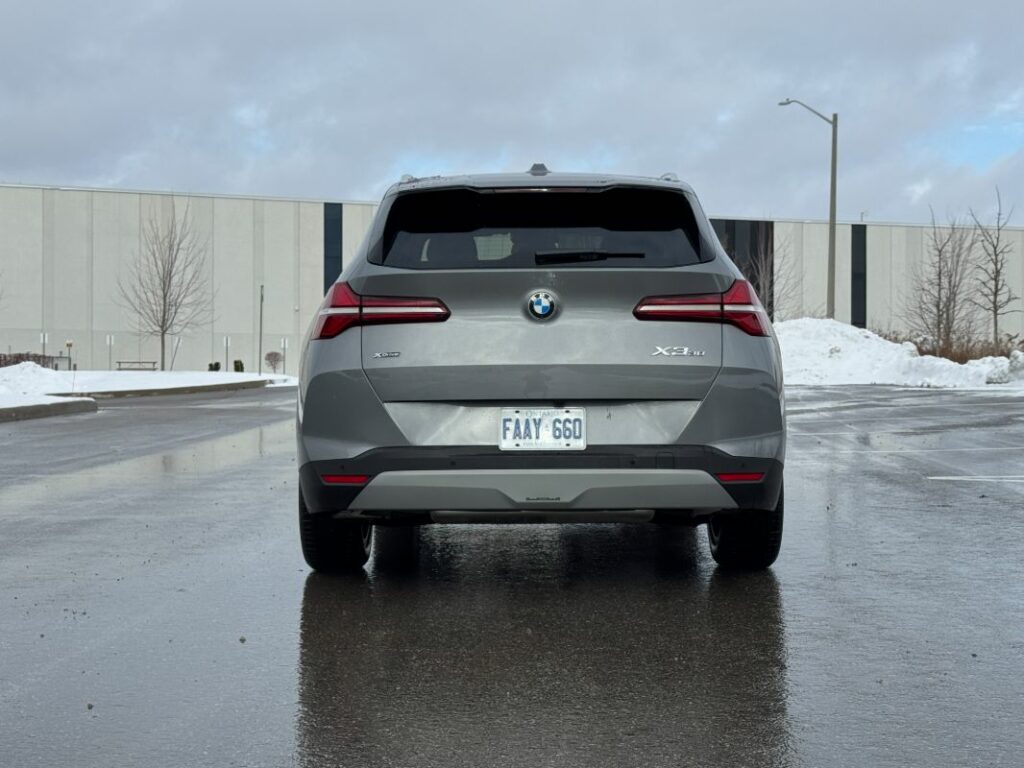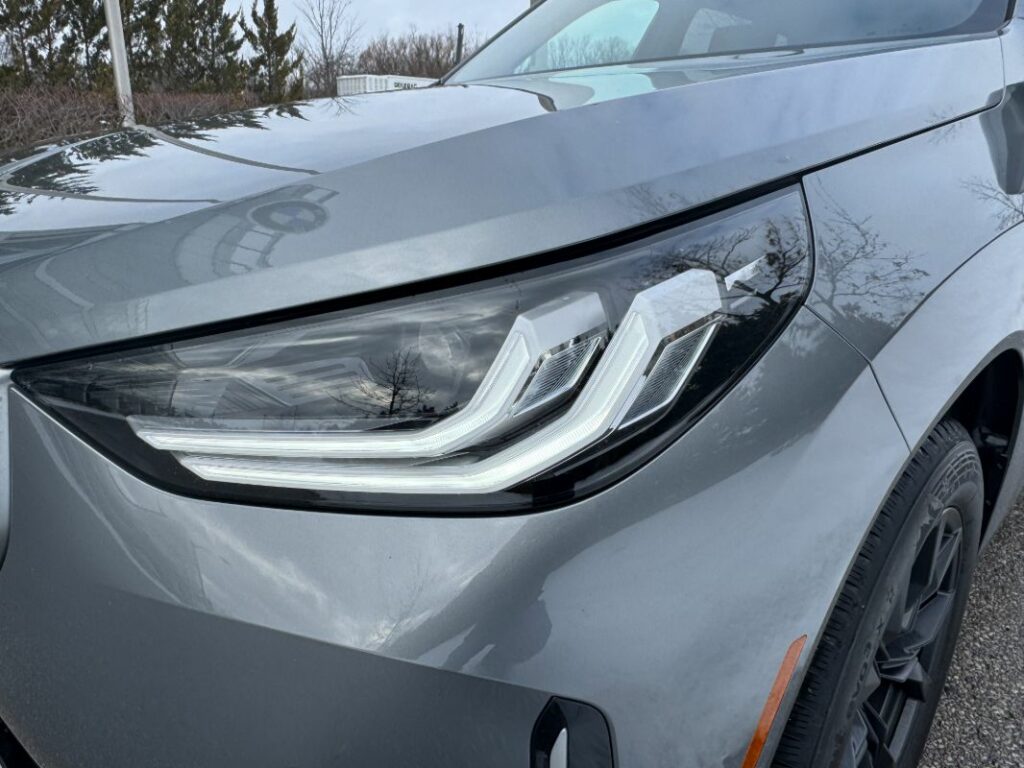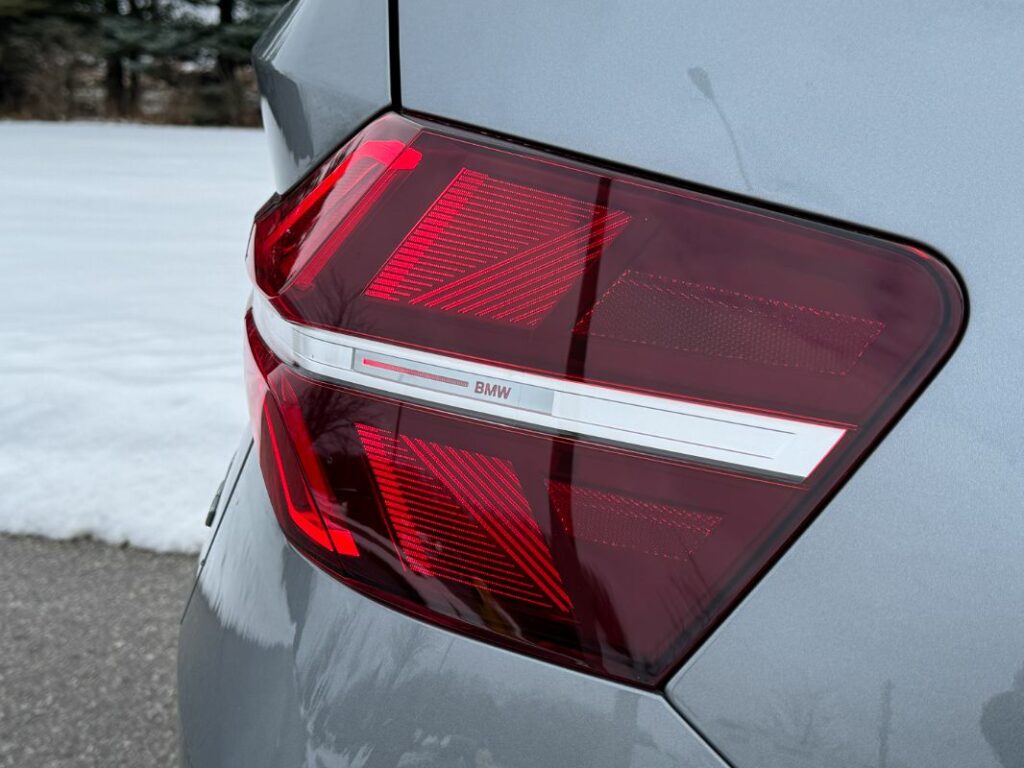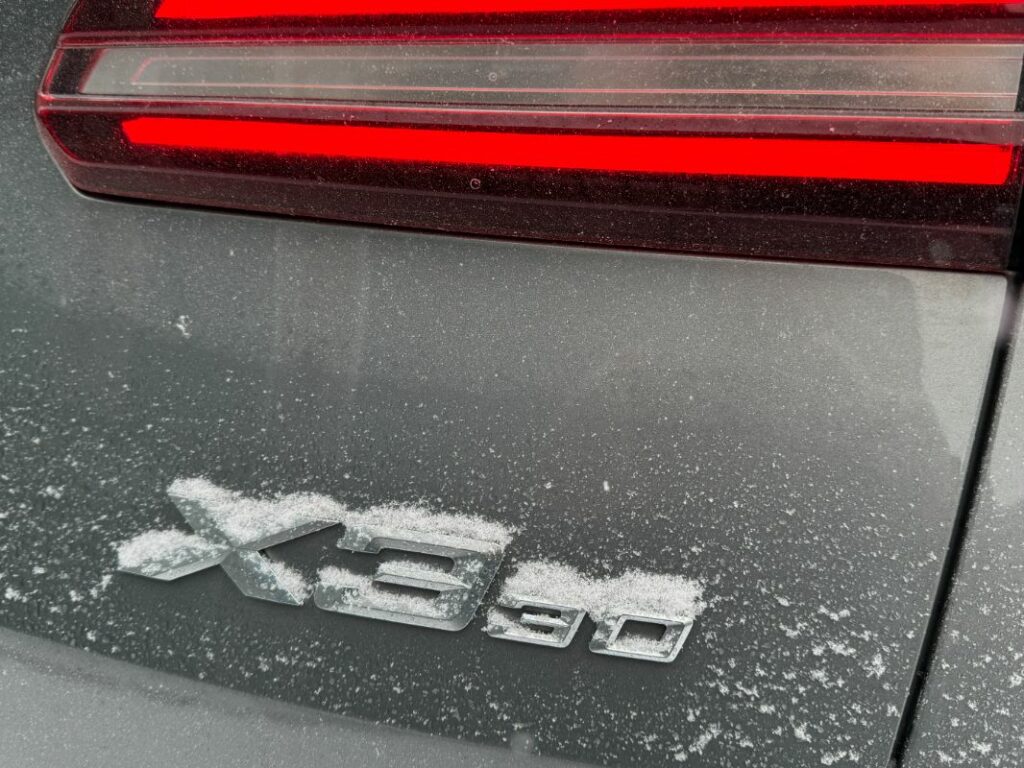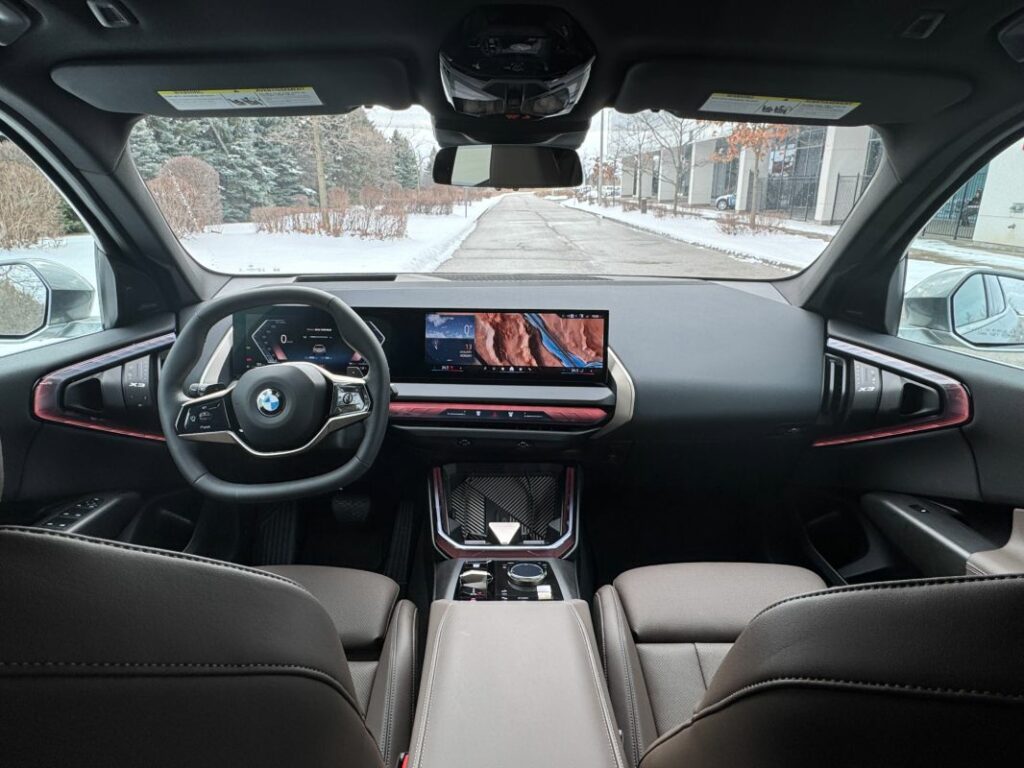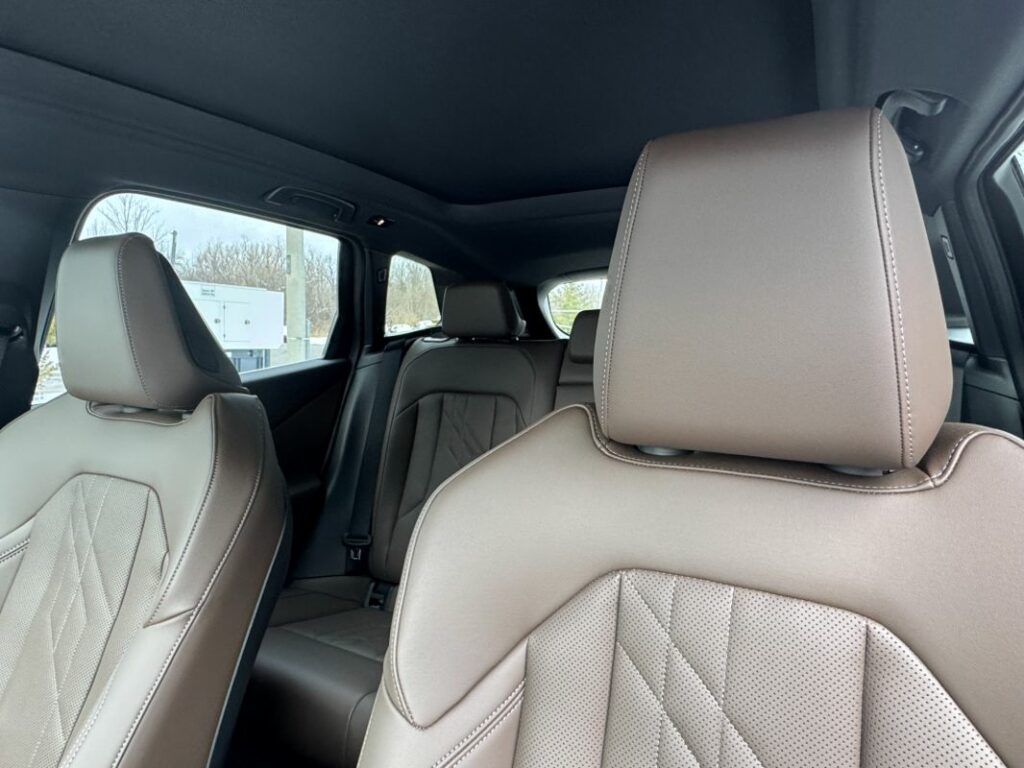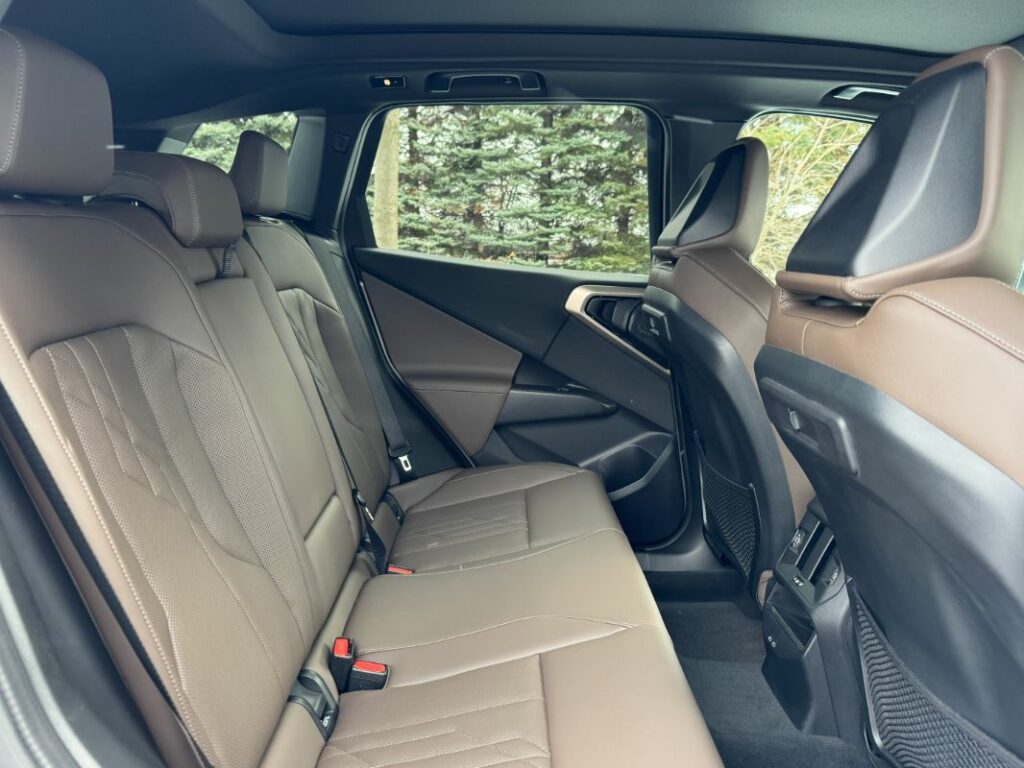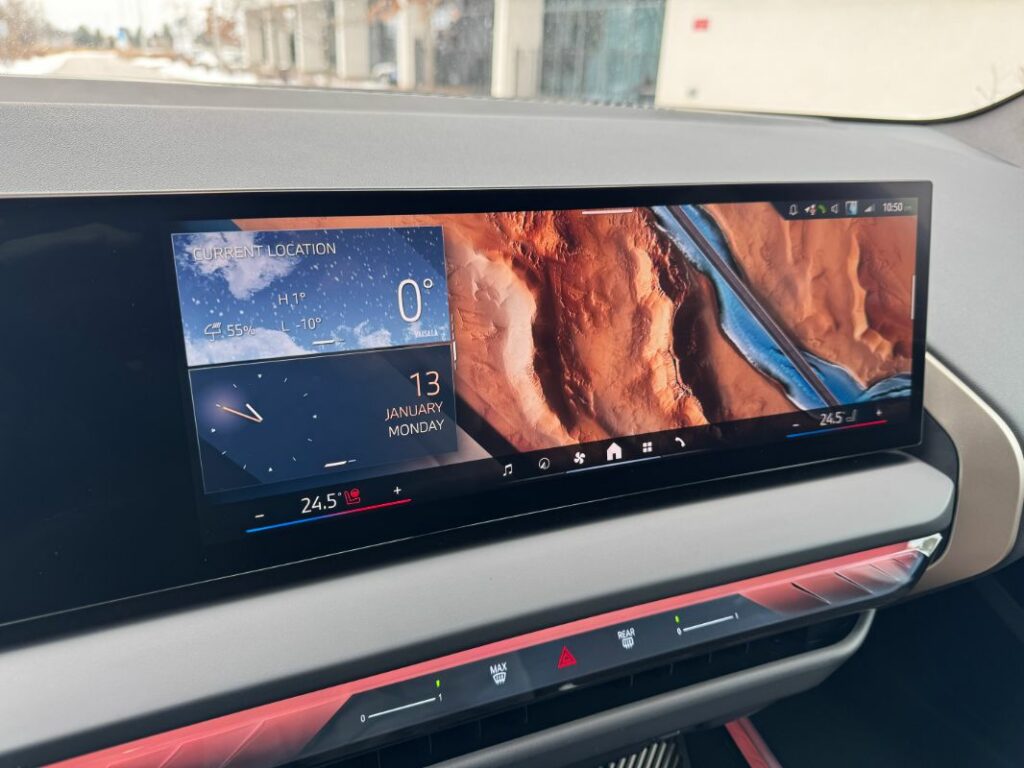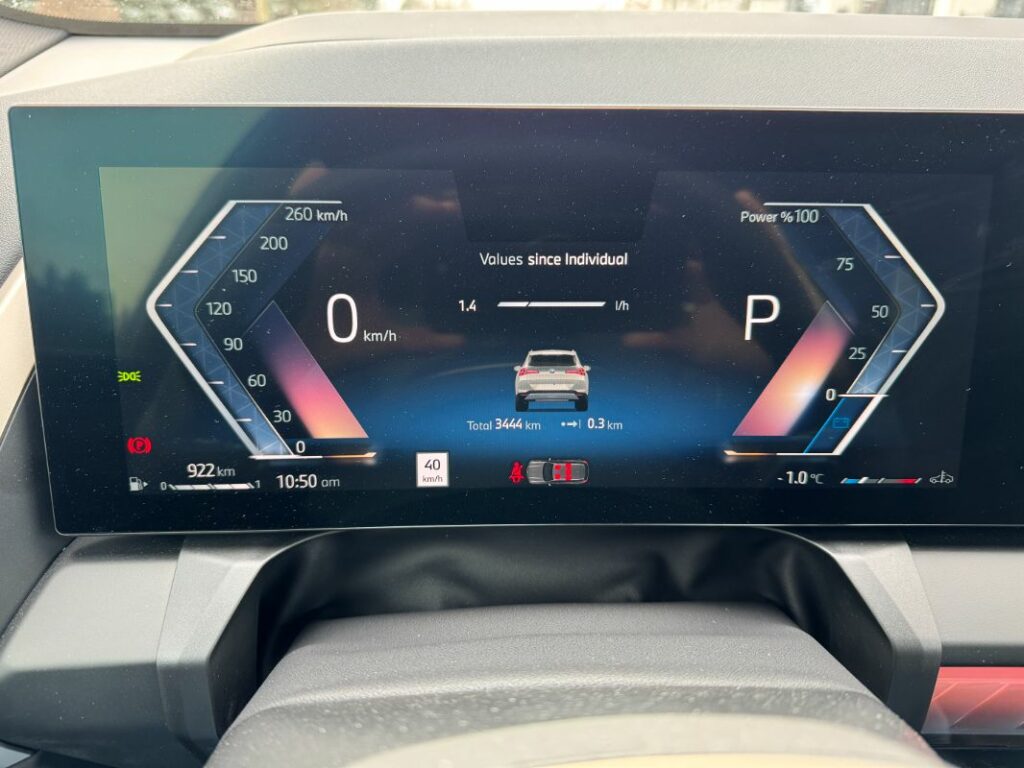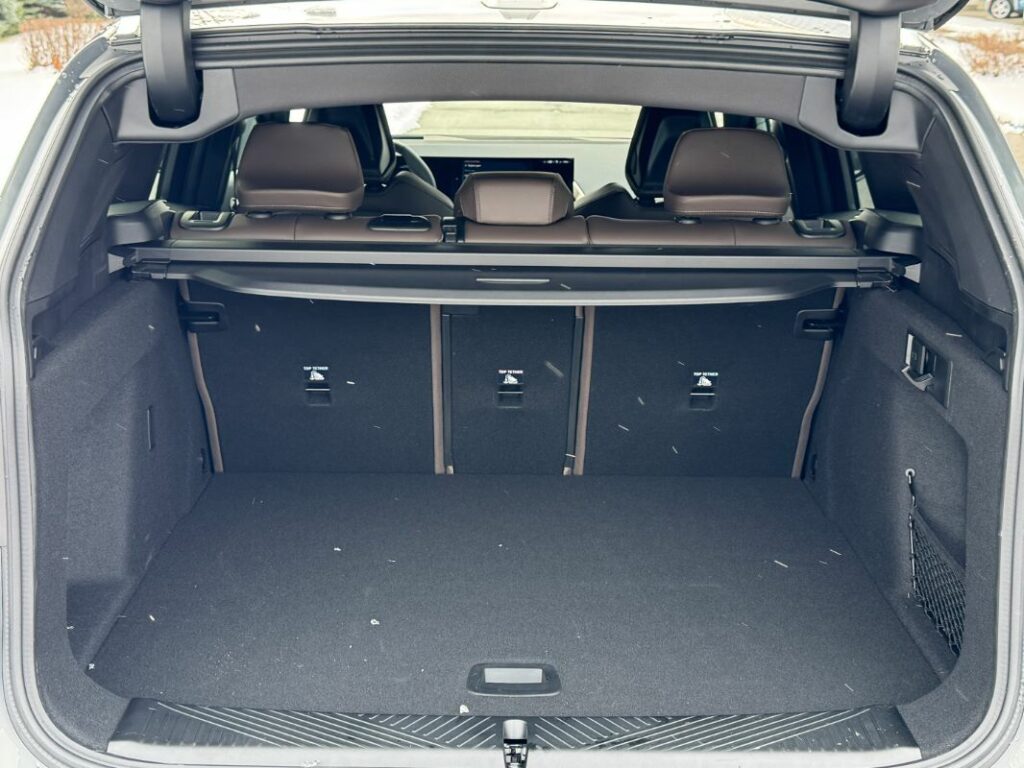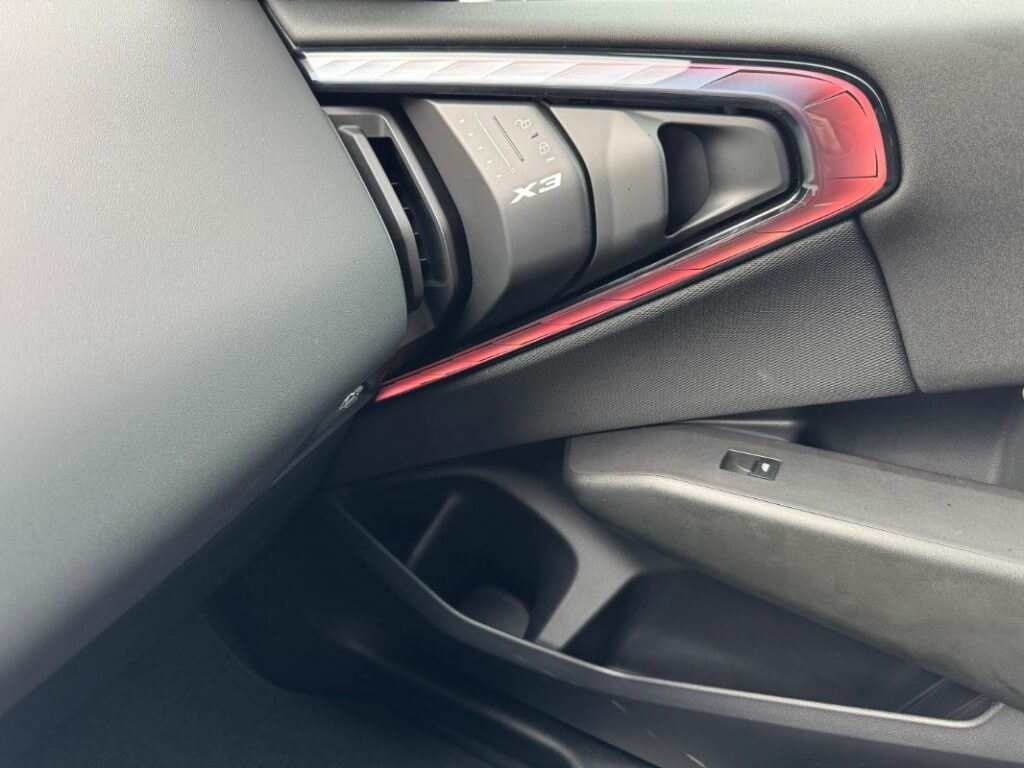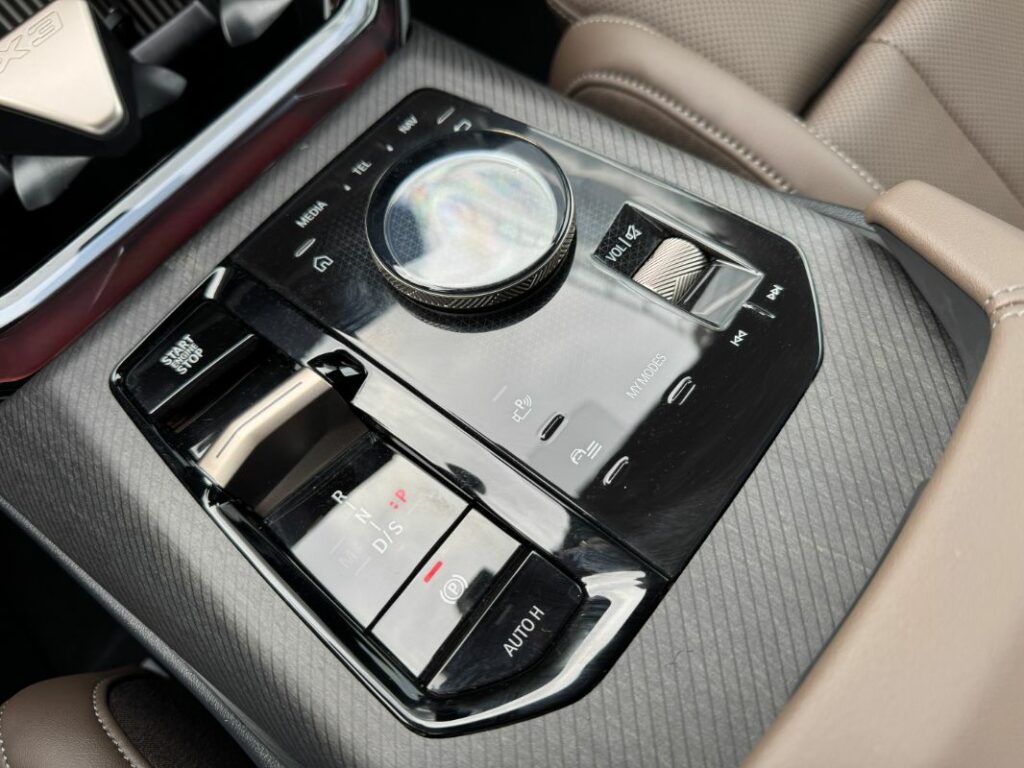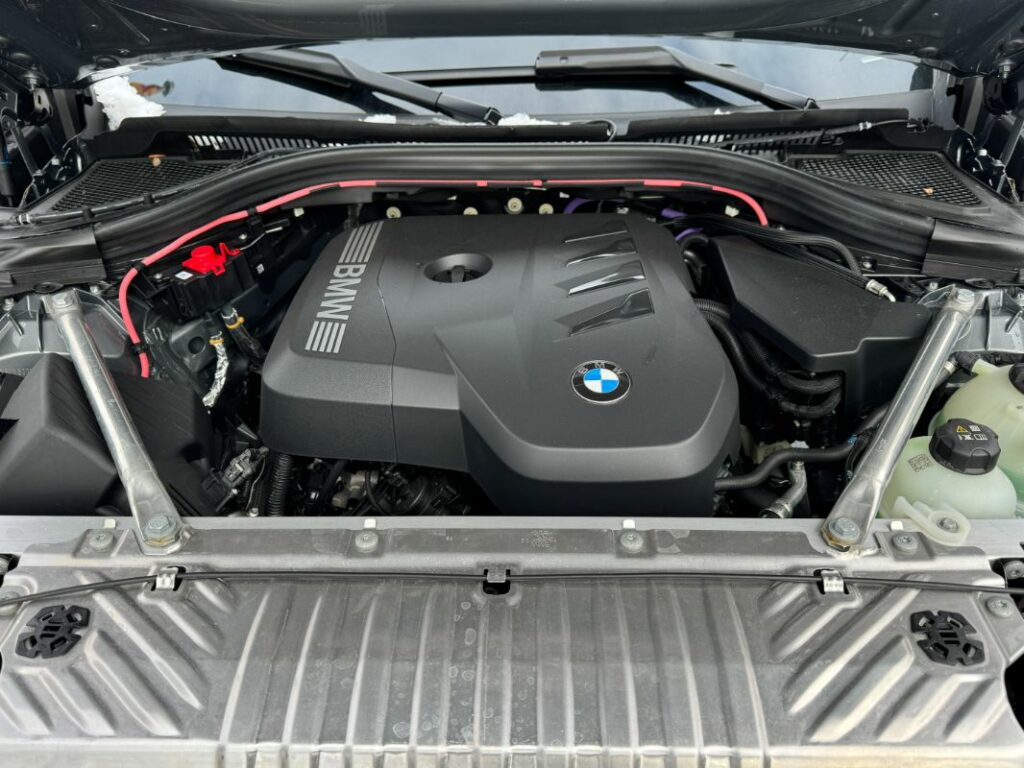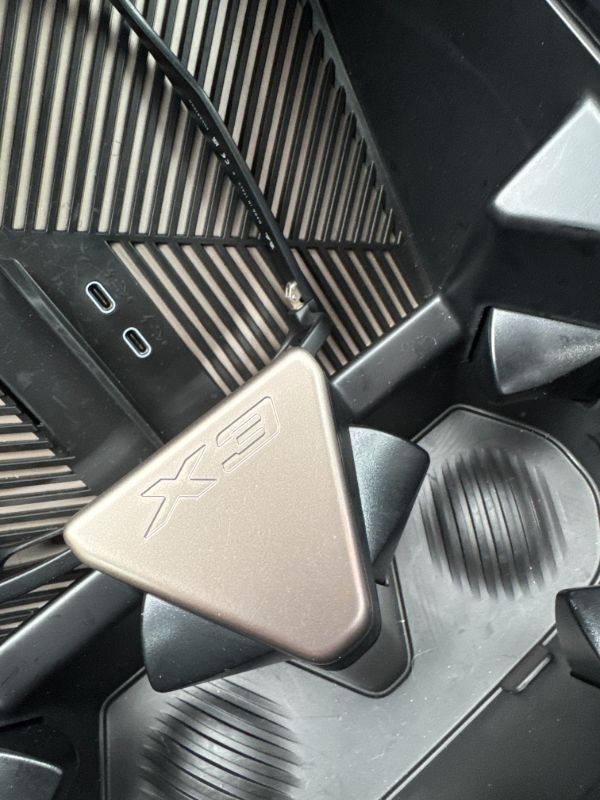Words by: Adam Allen
One of the least envious tasks automotive product planners and engineers are burdened with is redesigning the best-selling model in a given portfolio. Cue the sleepless nights and bitten nails in Munich when the directive to do just that came from the highest echelons of BMW brass while the 3rd generation was entering its twilight years. Not to be deterred, their team got to work on the 4th generation of BMW’s very popular SUV which is known as the G45 product code by its designers and BMW cognoscenti alike. It began making appearances on local showroom floors at the tail end of 2024 and now we’ve had a chance to drive it.
Let’s start with the new duds. BMW styling has been focus of criticism over the last several years and rightly so. Gone are the handsomely simple and crisp designs we fawned over in the early 2000’s (most view these years as BMW’s Golden Age) in favour of overwrought and frankly over styled design language we’ve come to know. When BMW started teasing the G45 most of us greeted the images with ambivalence because it looked like more of the same. And yet, when we sauntered up to the new one across the windswept carpark at the brand’s Canadian headquarters, we found ourselves warming up to, even appreciating the new looks the stylist’s pens dictated. Oh sure, we still turn our noses up towards the front grille- there’s really no model that wears its massive visage handsomely these days- but everything else comes together rather fetchingly. To our eyes, it looks like the stylists combined the essence of the iX’s styling cues with the familiarity of the X3’s silhouette to great effect.
As the outside adopts the current design language so does the interior follow suit. Although the cockpit is a nice place to do your driving, we’re less enamored with the aesthetics. BMW went for a minimalistic vibe, but to us things look a bit too austere, and some noted obvious evidence to cost cutting on various surfaces. There’s ambient lighting that spices things up somewhat (a bit too much at night, but we digress) and all but some basic climate functions and drive modes are left as buttons with every other control touch point migrating to the infotainment system. It may surprise you to learn that this is not the ideal way to do things from an ergonomic and ease of use standpoint, but it is de rigueur for the industry these days. Besides, owners will surely overcome the learning curve they’ll be faced with after a while. We’re big fans of the airiness thanks to the massive sunroof-and the clear sightlines you get as a result and the always comfortable chairs BMW provides for driver and passengers alike. In the midst of a January deep freeze we were grateful for the heated seats and steering wheel, but they didn’t provide the searing warmth we’d hoped for from BMW products past.
Drawing on some of the more memorable experiences we’ve had driving stuff wearing the spinning propeller badge, we hoped to be similarly rewarded while driving the 2025 X3. We are pleased to report that after spending a week behind the wheel reluctance crept in when it came time to surrender the keys, a sign of a good vehicle by our measure- and we weren’t even driving the M50 model powered by the brand’s timelessly excellent turbocharged inline six. Instead, the 4-cylinder turbo displacing 2.0 litres provided standard in 30 trim had more than enough get-up-and go when merging and overtaking, despite it running on the more efficient Miller cycle. It helps that this mill is a sweetheart as far as four bangers go, offering sublime smoothness and linear power. Two surprises emerged concerning the engine. One was its sparking efficiency- we achieved 9.2L/100km over a week of winter driving with a devil-may-care attitude towards light throttle applications. The other was the sound; BMW is piping in fake audio through the speakers, and we frankly could have done without that. Otherwise, it’s business as usual with the other dynamic hallmarks- buttoned down suspension that’s comfortable but taut enough to have some fun in the bends, strong brakes and steering that is precise and accurate but mostly devoid of feel. We’ll tip our hats to the stop/start system which is the best we’ve encountered this side of a Mercedes Benz S-Class, thanks to the newly added mild hybrid gubbins all X3s are treated to. It’s so good that we never once thought to turn it off as we do with clockwork regularity in anything we drive that has the feature.
There are some miscues. We alluded to some whiffs of cost cutting in the which might surprise seasoned BMW vets. We didn’t love the somewhat wonky haptic buttons on the console and the flimsy toggle style gear shifter. We discovered an unbecoming plastic seam our fingers would encounter every time we activated the turn signal. And we wish that BMW would put any piano black trim out to pasture for good although they aren’t the only ones guilty of this sin. The biggest disappointment for us was the continuing gap between the BMW who held so dearly to The Ultimate Driving Machine ethos to the steady embrace towards tech heavy features and refined yet isolated products much like you’ll find in Lexus dealerships. Other signs that the apocalypse is nigh- the familiar switch to make the exhaust louder is gone in favor of unconvincing pumped in audio and the tachometer, once a mainstay in BMW gauge clusters, has been rebranded as ‘Power.’ Here’s hoping that the upcoming X3 M will make us forget all about these niggles when it drops, although BMW remains mum on if, not when, it might arrive in showrooms. Until then, BMW offers the X3 in two potent flavours (like our 30 tester and the much spicier M50) that should sate those looking for a luxury crossover that still delivers the goods into its 4th generation, with no threat to jostling the crown of sales champ.
2025 BMW X3 30 xDrive - Specifications
- Price as tested: $65,950
- Powertrain Layout: Front engine/all-wheel drive
- Engine: 2.0L turbocharged inline-four cylinder
- Total System Horsepower: 255 @ 4,700 rpm
- Total System Torque (lbs-ft.): 295 @ 1,600 rpm
- Transmission: 8-speed automatic
- Curb weight: 1,894 kg (4,176 lbs)
- Observed Fuel consumption: 9.2L/100km (26 mpg)
